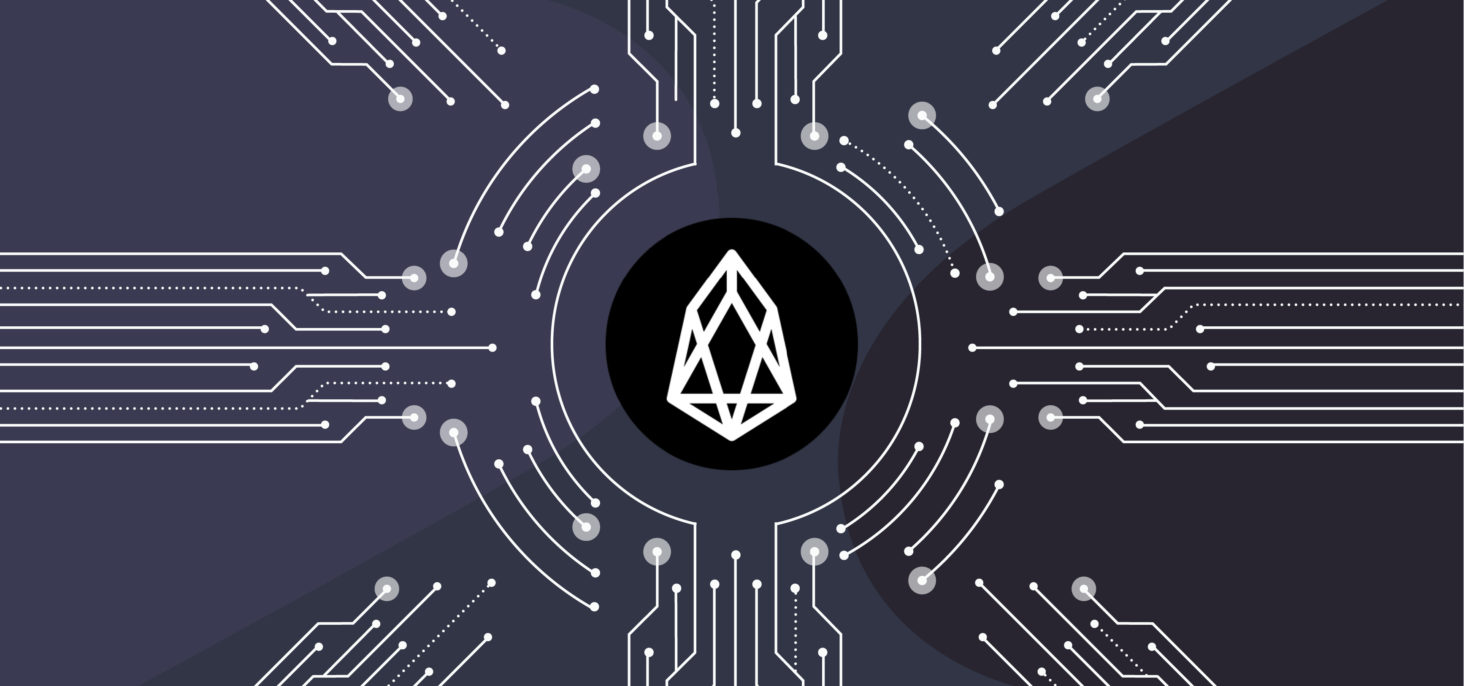When Satoshi Nakamoto successfully launched Bitcoin in 2009, he proved the concept of a trustless ledger. In 2015, Ethereum went live, proving that the blockchain could be used for general purpose smart contracts.
Although the progress in the blockchain space has been impressive, there are many who believe that the best is yet to come. If blockchain is successful, they argue, it will become a ubiquitous part of everyday life.
Cryptos and blockchain applications have shown great promise, but are still far away from the kind of scalability required for mass adoption across multiple sectors.
To understand this problem we can look at the requirements of real industry. For basic card payments for example, Visa and Mastercard need to be able to process around 20,000 transactions per second.
In the social media space, the level of scalability requirements is even more tremendous. Facebook records roughly 52,000 likes per second, while around 6,000 tweets go out in the same time frame.
In the financial industry, an eye-watering 100,000 trades are performed every second on exchanges and prediction markets around the world.
Now imagine we want to put all of these transactions onto a single platform, one blockchain that records and executes almost everything. This would require a blockchain which could perform millions of transactions per second.
Unfortunately, bitcoin barely processes 7 transactions per second, while Ethereum caps out at 13. Dan Larimer’s pioneering EOS.io (EOS) project promises to perform at an unparalleled level and bring true scalability to blockchain technology.
What is EOS?
EOS was first conceptualized in 2017 by crypto-entrepreneurs Dan Larimer and Brendan Blumer of block.one.

EOS
EOS promises to be a powerful infrastructure for decentralized applications. It aims to achieve this by providing a unique operating system-like construct on which software developers can easily build decentralized applications.
Specifically, the EOS infrastructure comes with several key features out of the box. These include user accounts, databases, smart contract functionality and authentication to name just a few. The hope is that all of EOS’s features will one day provide an infrastructure on which scalable decentralized applications can easily be built.
In order to create such a revolutionary platform, a large amount of money is required to hire staff, pay for resources and provide a runway. That is why EOS launched a now legendary, year long ICO which concluded in early June 2018, and raised $4 bln dollars.
Understanding what makes EOS special
What makes EOS special is not necessarily the idea, but the people behind it. Specifically, EOS CTO Dan Larimer, who has been in the bitcoin space since around 2009. Prior to EOS, Larimer founded Bitshares and then Steemit. The former is a revolutionary financial service provider on the blockchain. The latter is the best example of a Social Media platform with integrated payments.
Not only are both projects still live, but they each still process far more transactions than either Bitcoin or Ethereum.
Naturally, when someone with Larimer’s track record turns his attention to a new project, the whole industry takes note. Add to this Larimer’s claim that EOS will be able to process millions of transactions per second, and you have the most anticipated crypto project since Ethereum.
At this point, you might be wondering how EOS is planning to achieve such high performance.
Understanding Delegated Proof of Stake
The unique consensus model is EOS’s key feature.
In case you are new to cryptocurrencies, it’s worth briefly providing some context. In blockchain technology, consensus refers to members of a network agreeing on the validity of transactions. In order for transactions to be processed on the bitcoin blockchain, for example, miners perform Proof of Work.
This requires the completion of complex mathematical puzzles, and the provision of a hash to prove the miner did so correctly. Once a block has been hashed, the network has reached a consensus regarding the validity of that block of transactions.
Unfortunately, this approach is very slow and burns a huge amount of energy.
That is why Dan Larimer invented a new way of achieving consensus – Delegated Proof of Stake (DPOS). This approach manages to overcome a host of problems associated with the two most popular consensus models: Proof of Work (POW) and Proof of Stake (POS).
More specifically, a Delegated Proof of Stake system creates a community of 21 block producers, that is tasked with validating transactions and forming consensus. Thus, the block producers take on the service usually provided by miners on POW blockchains.
Understanding block producers
The block producers play a crucial role for EOS and are consequently worth understanding in much more detail.
The first thing to understand, is that block producers are voted on by EOS stakeholders. Everyone holding EOS tokens in a wallet, can continuously vote for up to 30 block producers to secure the network for them. This has the advantage of avoiding one of the pitfalls of POS, namely consolidation.
As importantly, block producers are rewarded for their service, not with transaction fees, but instead with EOS payouts. These are determined by the median of the desired pay published by all block producers, as long as the number of new tokens produced stays under 5% annual inflation.
This is a crucial aspect of EOS because it gives the block producers the freedom to choose their reward. Crucially, stakeholders can continuously vote for block producers, meaning that if the block rewards are perceived as too high, stakeholders may abandon their previous vote and instead vote for a new block explorer.
This ensures that block producers are aligned both with their financial incentive as well as the EOS community.
To summarize, DPOS relies on block producers validating transactions, which reduces the drive to consolidate as seen in POS, and removes the need for transaction fees, usually levied in POW.
Finally, it’s worth noting that DPOS aids scalability by significantly decreasing block confirmation times to 0.5 seconds, as no lengthy POW is needed.
Understanding governance on EOS
Interestingly, block producers do more than just validate transactions. Instead, EOS gives them the authority to freeze accounts, update applications and propose hard forks to the EOS protocol.
Although this might seem a little excessive for a protocol in the blockchain space, the EOS whitepaper argues that bad actors will simply be voted out by the token holders.
Importantly, all actions block producers take which directly impact the blockchain need to be voted on by all block producers. This creates a checks and balances system, in which one bad actor cannot usurp the entire network.
Understanding Parallel Execution of Applications
Another fascinating regarding EOS is its ambitious plan to introduce parallel execution of applications on its blockchain.
In order to understand this innovation, let’s look at how blockchains typically work. At its core, a blockchain is an agreed upon history of past transactions. Anyone could theoretically mimic the same sequence of events and arrive at the same result.
The problem with current blockchains is that they are single-threaded, meaning they can only process transactions one at a time. Using parallel execution, EOS will be able to perform multiple actions at the same time, while still providing deterministic results.
Once this feature is live, it will be the duty of the block producers to segment action delivery into various shards. This will allow multiple actions to be processed in parallel, helping EOS reach an unparalleled level of scalability.
Understanding EOS solution to bandwidth performance
Every high performant blockchain will sooner or later come across a significant bandwidth problem. To illustrate this point, we can imagine a blockchain which processes 1 millionen transactions per second.
With the average transaction size being 256 bytes, the network would require 256 megabytes per second to achieve scalability. Keeping in mind that the average bandwidth of a US household is roughly 18 mbps today, it’s not hard to see how scalability might be a bridge too far.
To counter this problem EOS proposes a number of solutions. Perhaps the most important is that the EOS software manages to intelligently allocate bandwidth amongst its stakeholders. To understand this point, we can imagine a DAPP which is launched on EOS and holds 1% of all EOS tokens. In such a case, the EOS software would allow the DAPP to utilize up to 1% of the network’s bandwidth.
In addition to this measure, block producers have to publish their available capacity for bandwidth and computational capacity. This aims to ensure that only high performant entities are put in charge of block confirmations, keeping the network operating smoothly.
Finally, the EOS software allows stakeholders of a token to rent out unused bandwidth to block producers or other stakeholders.
Understanding the EOS token
Naturally, EOS has its own native token. This is a utility token which provides both bandwidth and storage on the blockchain. As previously mentioned, the amount that the token holder can use is in direct proportion to the stake that he holds. If you own 1% of all EOS tokens, you can use 1% of the networks storage and bandwidth.
More importantly, the EOS tokens give holders the right to vote on block producers and thus participate in the governance of the blockchain.
Conclusion
EOS is, without doubt, one of the most fascinating projects in the cryptocurrency space. Similarly to NEO and Cardano, EOS aims to provide a unique platform which empowers developers and organizations to easily build smart contract-powered decentralized applications.
With its $4 billion dollar ICO concluded and Dan Larimer still leading software development, EOS is perfectly positioned to become the blockchain pioneer it is anticipated to be.
Nevertheless, EOS has its fair share of critics, the most respected of which is Bit Gold creator Nick Szabo.
In EOS a few complete strangers can freeze what users thought was their money. Under the EOS protocol you must trust a "constitutional" organization comprised of people you will likely never get to know. The EOS "constitution" is socially unscalable and a security hole. https://t.co/WusEqBMGBp
— Nick Szabo⚡️ (@NickSzabo4) June 19, 2018
He and many others believe that EOS has introduced a nefarious form of governance which gives block producers too much power and doesn’t rely on smart contracts enough.
These criticisms may have a kernel of truth to them, but in a time when Ethereum is facing significant congestion, a new and pioneering approach may be just what the doctor ordered.





Leave a Reply